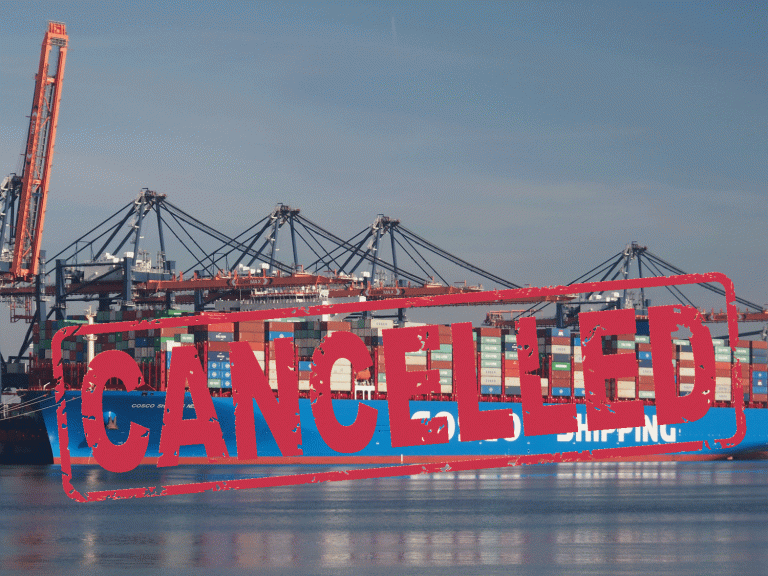
Date:
Global market update, 21st May 2020
The virus is releasing its grip in many regions, but any recovery is likely to be drawn out, with supply chains experiencing differing levels of disruption across regions and countries.
Since China reported its first death on the 11th January, the Coronavirus pandemic has swept vast swathes of the globe, resulting in lockdowns, economic torpor and a collapse in sea, air and road freight capacity.
In response to the situations outlined below – and in particular to maintain the flow of essential products such as PPE – Metro has been using freighter space and chartering aircraft.
Despite the travel restrictions, lockdowns and severe capacity constraints our expert teams continue to find solutions for time-critical shipments including freighters, charters, transhipments and sea/air products.
Europe
Workers in most areas of mainland Europe are returning under strict new workplace procedures based on their governmental advice.
Production is slowly resuming and car manufacturers across Europe have begun to reopen their factories.
Ferries and Eurotunnel to the UK are operating without major impact, though some delays continue at border crossings, but these are diminishing.
Mainland and UK exporters continue to face challenges with blank sailings, which are reducing up to 50% capacity on Asian and North American trade lanes.
The UK situation is starting to ease, though pressure remains on certain service loops, which are heavily subscribed.
Currently there is little impact on container equipment on eastbound trade lanes.
The majority of flag carrier airlines have closed down their passenger networks, leading to capacity constraints to/from major markets. Despite this there is congestion at some airports and cargo rerouting via European hubs.
MEA
The number of confirmed cases continues to rise, leading countries to take more stringent steps, but despite the challenging environment, all operations continue to function.
Ports and terminals are operational, with some delays due to terminals and customs shorter working hours, preventive measures and reduced capacity.
Capacity constraints are also seen in MEA region, but cargo flights are exempt from any suspension and continue to operate.
Asia
Business in China has returned to normal and transport movements are also returning to normal status within the country.
Terminal, depot and CFS operations are back to normal and the availability of reefer plugs has improved. PPE congestions is affecting some ports, including Shanghai, with changes/amendments being made to schedules.
Blank sailing programmes mean that space to EU ports remains extremely tight, with recommendations to book space 2-3 weeks ahead of ETD.
Airport ground handlers and customs clearance in China are returning to normal levels, but the continuing global demand for PPE and medical goods out of China has further increased the pressure on available capacity and airport operations. At the moment we are seeing congestion of up to two days across various airports, including Shanghai, due to product inspection and recently introduced customs processes.
Pressure on capacity caused by limited passenger flight activity is seen in the majority of Asia countries.
In South Korea’s heavy backlog of air freight is making services unstable and prices to increase sharply.
In Malaysia, all essential services, such as ports and transportation companies, continue to run, but with limited operations.
Ports in India and Bangladesh are operational, but with reduced capacity, labour shortages and port congestion issues, due to companies being forced to work from home during lockdowns.
The situation is complicated with cyclones hitting India and Bangladesh during cyclone season including one yesterday/ today which is devastating Bangladesh and Kolkata region of India.
In Myanmar and Thailand ports and terminals are working as normal. Customs release is allowed in Myanmar and more and more factories are allowed to operate again, but non-essential cargo cannot be delivered.
The Port of Singapore reports slight berthing delays.
In South Korea, sea freight logistics and overall supply chain remain stable with all trucking, customs clearance and warehousing operating as usual.
North America
A number of states have taken steps to reopen businesses and our North America offices are operating efficiently in what continues to be a challenging environment.
Cargo is still flowing and the main CFS gateways are operating normally but with reduced hours and terminals will prioritise essential goods.
The suspension of passenger aircraft has massively reduced the available capacity, which has been balanced in a modest way with an increase in freighter capacity.
South America
Several governments in South and Central America have closed borders and implemented national quarantine measures, with many workers operating remotely during enforced lockdowns.
